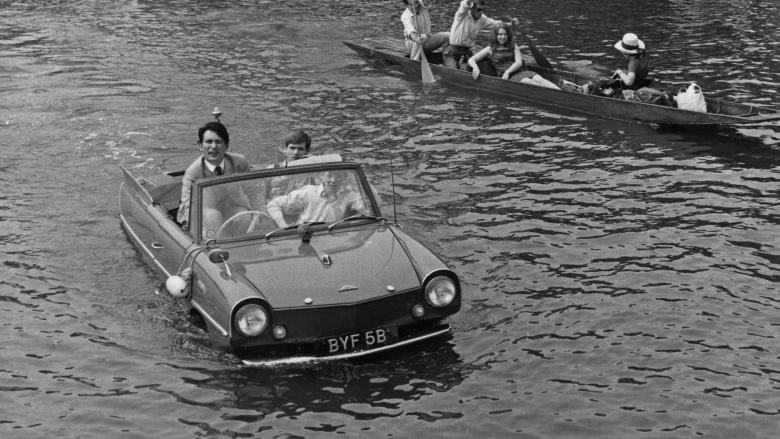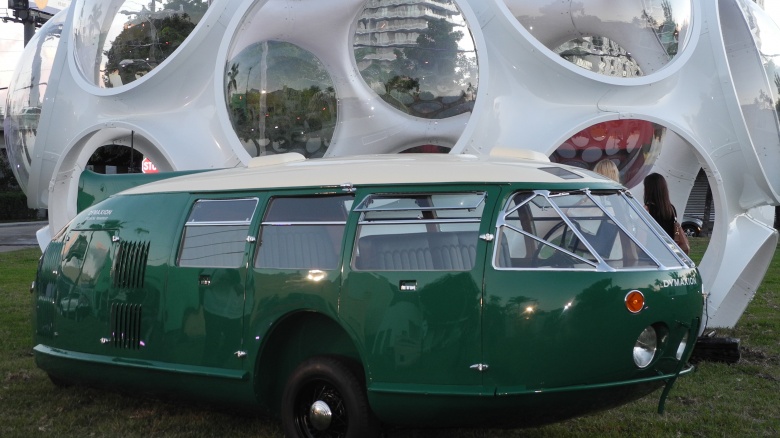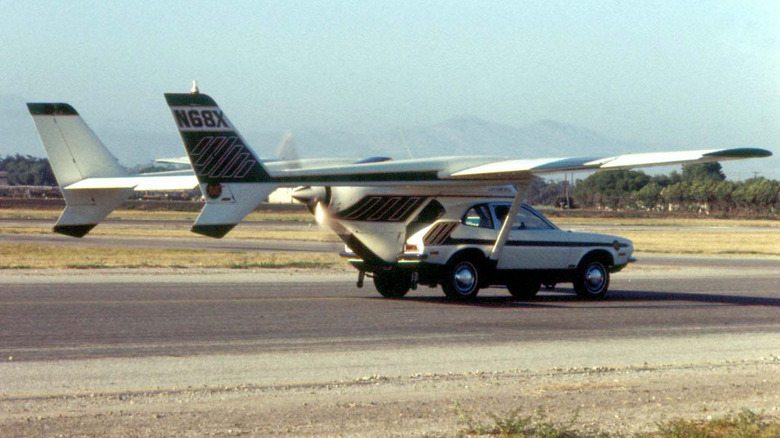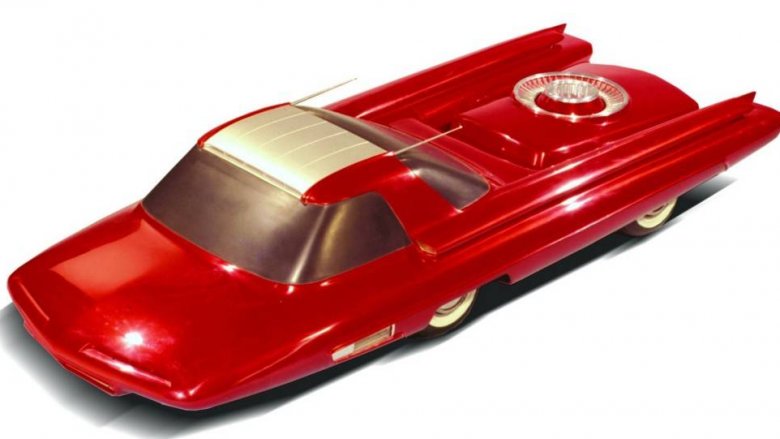Innovative Vehicle Ideas That Immediately Failed
The car industry has always been a hotbed of innovation, with companies constantly offering new features to get an edge on their competition. And while that means we now have the pleasure of heated seats, powered windows, and amazing sound systems, on the road to those successful and popular advances were a few "innovations" that didn't work out quite so well. Here are a few failed features you probably won't see on the latest model.
Bricklin SV1
The Bricklin SV-1 was the brainchild of Malcolm Bricklin, founder of Subaru America, and was produced between 1974-1976. As well as incorporating a host of previously unseen features, the car was also intended to set a new standard in safety for a sports car, and in many ways it did. It incorporated a dent-resistant body, a full roll cage, and gull wing doors that, due to their position, allowed for better passenger protection in the event of a side-on collision. Unfortunately, as is common when someone tries something new, there were teething troubles. Due to all these extra safety features, the car came in above the designed weight, which reduced performance and efficiency. There were also issues with insufficient cooling and the construction of the body panels, but what really stood out were how the doors—strengthened with a steel frame to improve safety—ended up weighing 100 pounds apiece and required a powered system to open and close. And while it no doubt looked pretty flash to open the door with the push of a button, if the power ever failed with you inside, the doors and windows would cease to operate—leaving you, at best, a laughing stock, and at worst, begging for help from window-smashing strangers in a remote location.
The Amphicar
In case you haven't guessed from the name, the Amphicar is a car that is also a boat. Unfortunately the phrase "jack of all trades, master of none" definitely applies here, because the Amphicar was neither a good car nor a good boat. One owner was even quoted by amphicar.com as saying, "We like to think of it as the fastest car on the water and fastest boat on the road". The inspiration for the amphicar was a desire to bypass traffic jams by crossing bodies of water, but it didn't really catch on. One problem was that, if the owner didn't keep up with maintenance, such as including 13 parts immediately after leaving the water, the car would leak. And although it was fitted with twin propellers under the rear bumper, steering on the water depended not upon a dedicated rudder, but the front wheels, which made it less-than-maneuverable, to say the least. Nearly 4000 Amphicars were built and sold during its brief production run in the '60s, and it still has a dedicated following despite its obvious drawbacks. While it didn't really address the problem of traffic jams, it's the perfect vehicle for anyone with nowhere to keep a boat, but lots of time for maintenance.
Rinspeed X-Dream
If there is one company that has made a habit out of crazy ideas, it is Rinspeed. Rinspeed was founded in 1979 by Frank M. Rinderknecht, and they specialize in tuning and modifying Porches and Subarus, as well as producing radical concept cars that never go into production. Despite a bunch of "innovative" designs, their most bizarre creation, the Rinspeed X-Dream, seemed to be aimed at enthusiastic, but lazy, hovercraft owners. That's because the X-Dream is an open-top pickup truck with a hovercraft fitted in the back, along with a lift mechanism for unloading it. No more hooking up a trailer to get your floaty fan car to the beach, just jump in your painfully yellow X-Dream and go—a whole five minutes saved!
Fuller Dymaxion
The Fuller Dymaxion was actually a partial prototype of the Omni-Medium Transport, a vehicle that never got made. The Dymaxion was built in the early 1930s, and was exhibited at the world's fair in Chicago. Buckminster Fuller, who designer this vehicular watermelon, never actually intended the vehicle to reach production—rather, he described it as a sketch of a potential future. The Dymaxion operated on three wheels, with two drive wheels in the front and one steering wheel in the back, like many light aircraft. Unfortunately, this made handling very tricky, and Fuller limited the driving to his employees. Like the Amphicar, the Dymaxion was intended to be a multi-purpose vehicle, and as such it would inevitably do nothing very well, which would make for an annoying car but a very dangerous aircraft.
AVE Mizar
Unlike the Dymaxion, the AVE Mizar is a flying car that actually took to the skies. But rather than designing it from the ground-up, the creators of the Mizar just made a mashup of a Ford Pinto and a Cessna Skymaster. Unfortunately, instead of being the next step on the road to the future, the Mizar ended up filling the next page in an air crash investigator's notebook. The concept was for a modified Ford Pinto to drive to the airport, bolt on a set of wings and an engine, and take off. By using the car's engine as well as the propeller, it was capable of remarkably short take-off runs. Plus, by using all four wheels for braking, it needed less than 550 feet of runway to stop after landing, which is pretty remarkable. Unfortunately, despite claims to the contrary, the Skymaster—from which the wings and engine were taken—was never rated to carry the weight of a Pinto, let alone passengers and fuel. Add to that a poor structural design, bad welds (according to the National Transportation Safety Board), and an inexperienced pilot, and you get a tragic accident that kills the vehicle's creator—and the project along with him.
Ford Nucleon
When a car is involved in a bad crash, it's not uncommon for most of its parts to end up in pieces across the landscape. That's one thing when you're just talking about some metal and oil, but entirely another when you're talking about a nuclear reactor. And that would have been the reality if the Ford Nucleon ever got past the concept stage. The original design called for the use of a small fission reactor that would have given the vehicle a range of 5000 miles on a single "fill up". The evolution to nuclear power probably seemed natural when the design was proposed in the 1950s, from a 21st-century perspective the concept is mind boggling—even if it was a zero-emission vehicle.




